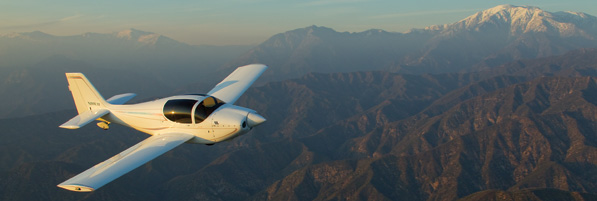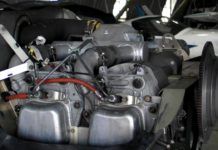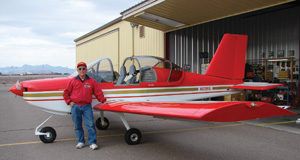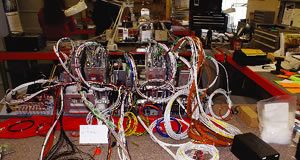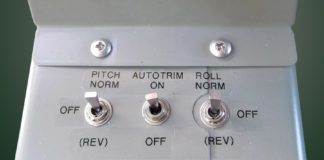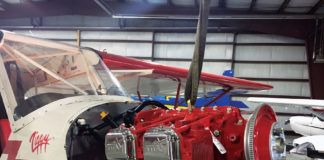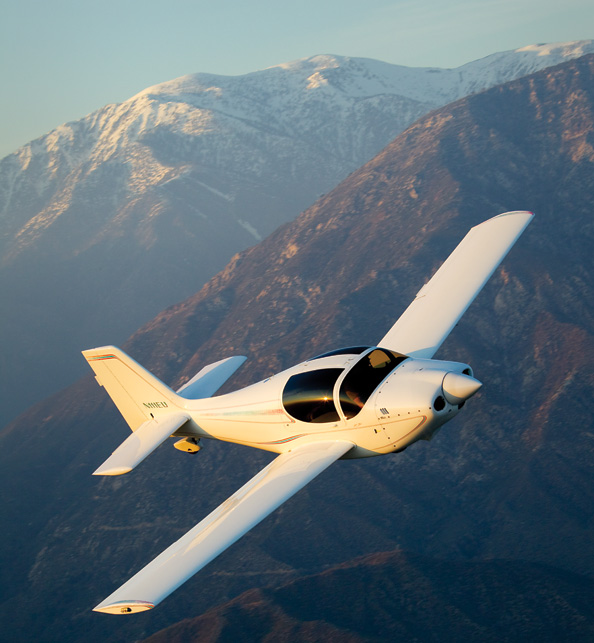
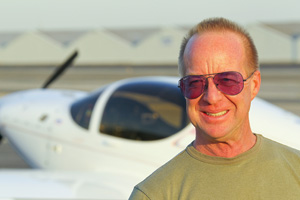
Ivan Shaw’s speedy two-seater burst onto the scene in 1995 as a modern, high-performance homebuilt with a twist. Or two. Aside from its sleek composite construction, at the time straddling the new technologies of molded shells and cloth-over-foam (like the Long-EZ), the Europa was a standout for other reasons. The close-cut cabin helped reduce wetted area and gave it impressive speed for just 80 horsepower. The single mainwheel retracted into the belly, like a high-performance sailplane—outriggers that canted aft as the wheel came up helped add a dash of U-2 to the mix.
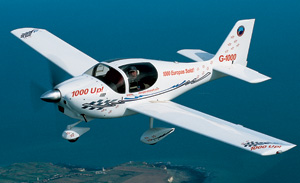
Each of those semi-mid-mounted wings is easily removable, a task simplified by carriage of the fuel in the fuselage and special stubs to transmit aileron and flap commands to the control surfaces. Shaw designed the Europa for, no surprise, European-style flying: relatively local, a big emphasis on fuel efficiency and the convenience of removable wings to allow it to be housed away from the airfield during the non-flying months. (It does rain in the U.K., we’re told.)
Almost Undone
In the mid-1990s, Europa was poised for success overseas and began making strong inroads into the burgeoning U.S. marketplace. But a series of calamitous events scuttled those efforts. Twice, leaders of the company mismanaged events—according to those in the know, malfeasance that included misrepresentation and outright fraud. As Europa struggled to grow, it had to outsource composite construction to Slingsby Advanced Composites. Eventually, the company went into receivership. Builders were left without parts, salesmen were shorted their due commissions, and the reputation of the design took a major hit—it was a mess, top to bottom.
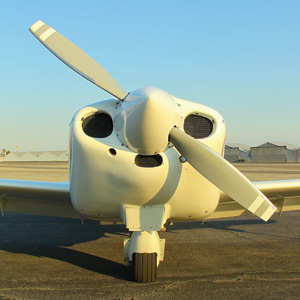
But that’s history now. In 2008, the Europa brand was purchased by Swift Technology Group, owned by David Stanbridge. The purpose of Swift is to build a new two-seat trainer as a certified aircraft. Stanbridge, whose acumen in the oil and gas industry made the development of Swift possible, decided that keeping Europa alive and in the U.K. was critically important. What he found was a company in distress, with outdated facilities and a scorched reputation but a superlative product.
In the last year, Stanbridge, under Swift, moved Europa into new headquarters and brought the composites manufacturing in-house; it had been subcontracted to another firm, and that made Europa vulnerable to variations in the market and unable to manage costs as it would like.
I sat down with Europa Sales Manager Mike McLean at Sun ‘n Fun this year, and he showed me the presentation he’d prepared for the U.S. distributor and sales force. Any comparison of the new and old facilities would show just how far the new company has come. It has a dedicated inventory control system, plus a proper manufacturing setup with modern tracking and quality-control features. Where the old Europa was almost literally a cottage industry, the new company, under Swift, picks up many of the positives of a certified production line—all without losing the Europa’s cheerfully quirky character.
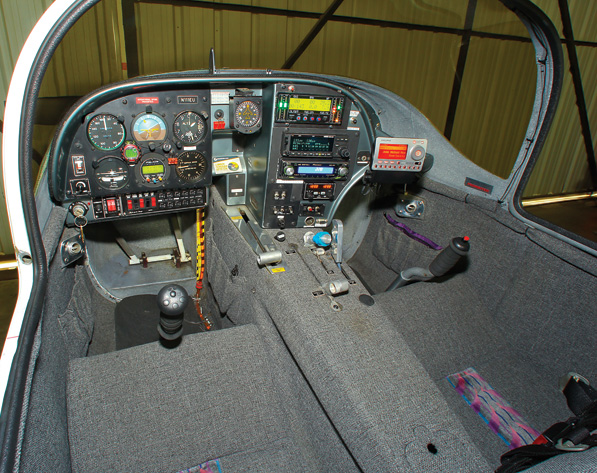
Looking Ahead
As Europa continues to regroup and develop the airplane line, it will do so starting from the latest versions of the kit. The original monowheel Europa was, when introduced, a bit of an oddity, but the strangeness began to wear off as more of them flew here in the states. The follow-on aircraft, the Europa XS, introduced a couple of key improvements to the design.
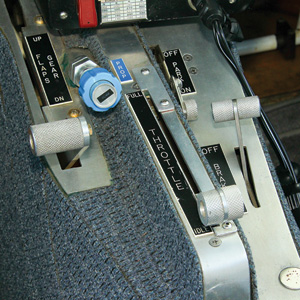
First of those changes was a move from glass-over-foam construction for the wings to a more modern molded-shell design, a concept that’s used on just about all current composite designs. The benefits are obvious: The builder does not have to shape the foam—though Europa owner Kim Prout, whose airplane is featured here, says that obtaining the proper airfoil profile wasn’t difficult. By creating shells that are the right shape, Europa allowed XS builders a bit of confidence that the wing would be built according to the desired airfoil.
The original and future Europas maintain a clever wing attachment method that uses composite spars with aluminum hard points that are easily slid into recesses in the fuselage. In this design, the spars overlap and mate to the fuselage structure behind the seats—many tractor aircraft need the spars to be either right where the pilot is (a difficult requirement to meet) or have the spars running beneath the knees of the occupants. The Europa method has a massive composite tunnel that runs laterally inside the fuselage, creating the seat backs and the spar support structure. (Even the Liberty certified model derived from the Europa retains this basic design concept, though differently executed.) In the monowheel aircraft, the wide center tunnel provides a stiff longitudinal structural member.
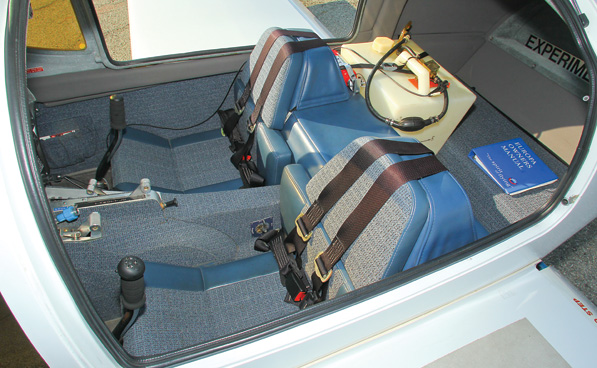
Placing the occupants ahead of the spar combines with the desire to keep the wings simple for easy removal and suggests a fuel tank in the aft fuselage as a good solution. That’s what the Europa has. It carried 20 gallons in the early aircraft. In the current kits, there is a choice of an 18-gallon vessel or a long-range version at 28 gallons. For a Rotax 912, that’s a generous amount of fuel in long range, and about right at the standard configuration.
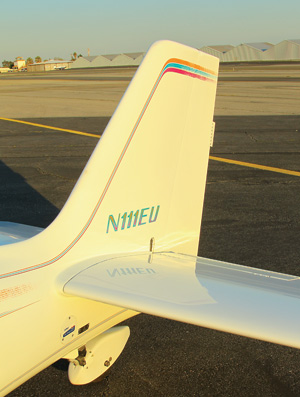
While Europa Aircraft maintains the monowheel XS on the docket, it’s expected that the most popular models will be the XS trigear and, when it’s ready, the LSA-legal version of the XS. The trigear is a mix of the conventional—normal tricycle gear with a free-swiveling nosewheel—and the unconventional—the airplane steers with differential braking, but not through the rudder pedals. Instead, twin levers in the cockpit activate the left and right wheelbrakes independently. It’s a bit like steering a normal twin-engine aircraft with differential power.
Because the Europa was best suited to modestly sized pilots, the clamor rang out for a modified version to better accommodate larger souls. That became the “high top” iteration, a change that saw the top of the cabin raised and a new cowling developed to maintain roughly the same windscreen profile. Some pilots felt it made the Europa look a bit chubby, so the future version will be different. The airplane will revert to the original cowling, have slightly less rake to the windshield and extend the lower corners of the windshield downward. “This does offer a slight [visual] discontinuity, but it provides a lot more headroom and better visibility,” says McLean. “I think a clever bit of trim [color] will help hide that, no problem.”
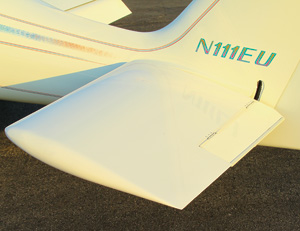
In Europe, there is also a motorglider option for the Europa. Extending the wingspan of an XS monowheel to 47.3 feet (from 27.1 feet) provides a 200-fpm minimum sink with the Rotax 912 or optional Rotax 914 shut down and the prop feathered. According to the company, the motorglider’s cruise speed is reduced significantly to 110 knots true at 8000 feet on the Rotax 912S, or 151 KTAS using the turbocharged Rotax 914. For comparison, a monowheel XS is capable of 140 KTAS on the Rotax 912S, or a truly eye-opening 174 KTAS with the 914 at 10,000 feet. (Prout’s cruise figures are equivalent to the non-turbo XS’s, with his smaller, 80-hp 912 compensated for by the slightly slicker airframe of the early Europa.) Trigear versions are 5 knots slower, according to the company.
The key to performance is an efficient airframe and low weight. The Europa has both. Maximum gross weight for the XS trigear is 1370 pounds, against a typical empty weight under 600 pounds. No wonder the airplane is capable of a 1000-fpm climb (1300 fpm with the turbo engine). A typically equipped long-range Europa has a full-fuel payload of more than 600 pounds. That’s impressive. My old Aero Designs Pulsar, a smaller, lighter competitor to the Europa in the day, weighed 560 pounds empty against a 1060-pound max gross, and was just a tad slower than the best Europa configuration.

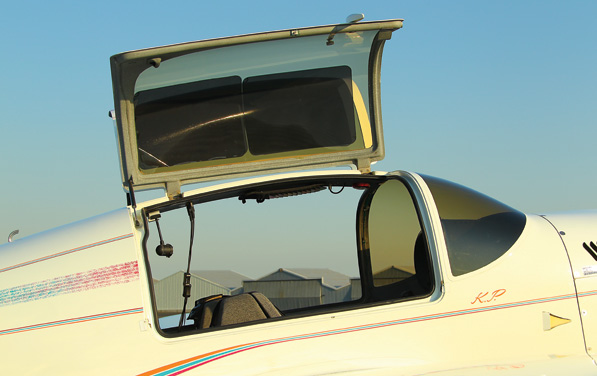
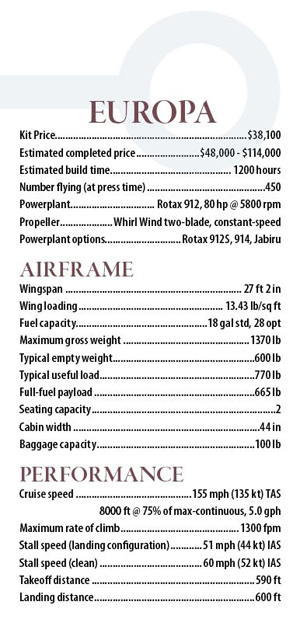
Light Sport, Too?
If that max-gross limit for the Europa made you think about its viability as an LSA, you’re on the same mental track as the company. In fact, one of the current projects is development of a new wing that will help get the Europa’s clean stall speed below the 45-knot LSA maximum. Otherwise, the airplane is very close—a small reduction in max weight along with the right prop will help it meet the 1320-pound/120-knot (at sea level) limitations. According to McLean, development of the LSA-legal kit is on the front burner, and discussions are continuing with headquarters to make the motorglider available again to U.S. customers.
Another program on the docket are, according to McLean, a true taildragger version. Individuals have converted Europas to this traditional configuration, “but we have another set of solutions,” he says.
If ever there were a time to hope that the Europa would fulfill its potential, it’s now. Stanbridge is a successful businessman with a careful, conservative plan; his investment in the future of the line is clear from the factory revamp. The company has a stable U.S. distributorship in Custom Flight Creations. After all the drama this design and its builders, admirers and owners have endured, everyone hopes the plot twists and complications are past, and the Europa will survive to hear the applause.
For more information, visit www.europa-aircraft.com.
